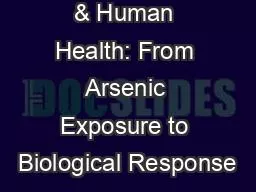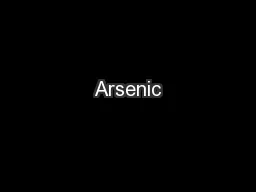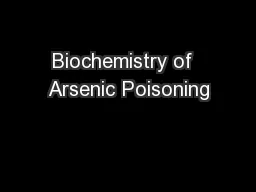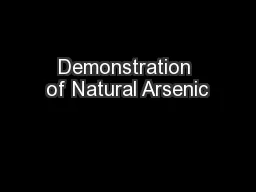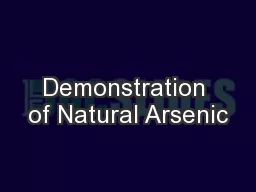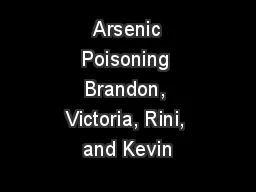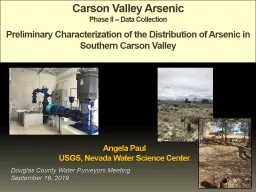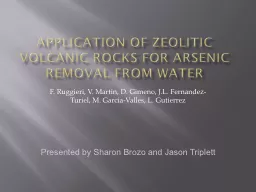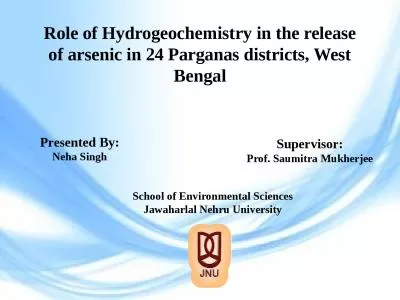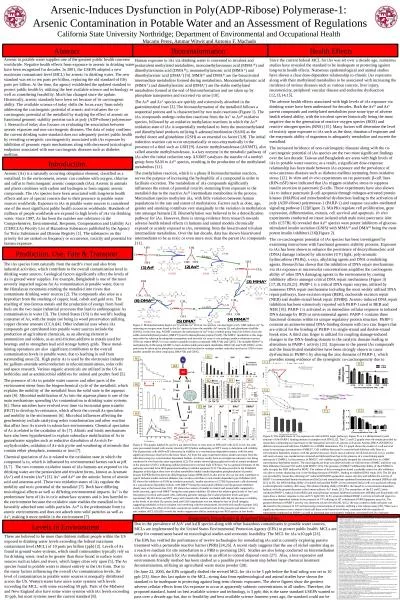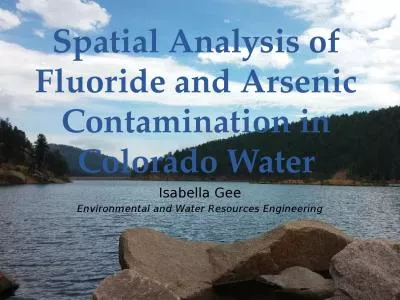PPT-Water Quality & Human Health: From Arsenic Exposure to Biological Response
Author : wellific | Published Date : 2020-06-17
Understanding how contaminants move through the environment UNC Superfund Research Program Funded by the National Institute of Environmental Health Sciences UNC
Presentation Embed Code
Download Presentation
Download Presentation The PPT/PDF document "Water Quality & Human Health: From A..." is the property of its rightful owner. Permission is granted to download and print the materials on this website for personal, non-commercial use only, and to display it on your personal computer provided you do not modify the materials and that you retain all copyright notices contained in the materials. By downloading content from our website, you accept the terms of this agreement.
Water Quality & Human Health: From Arsenic Exposure to Biological Response: Transcript
Download Rules Of Document
"Water Quality & Human Health: From Arsenic Exposure to Biological Response"The content belongs to its owner. You may download and print it for personal use, without modification, and keep all copyright notices. By downloading, you agree to these terms.
Related Documents

